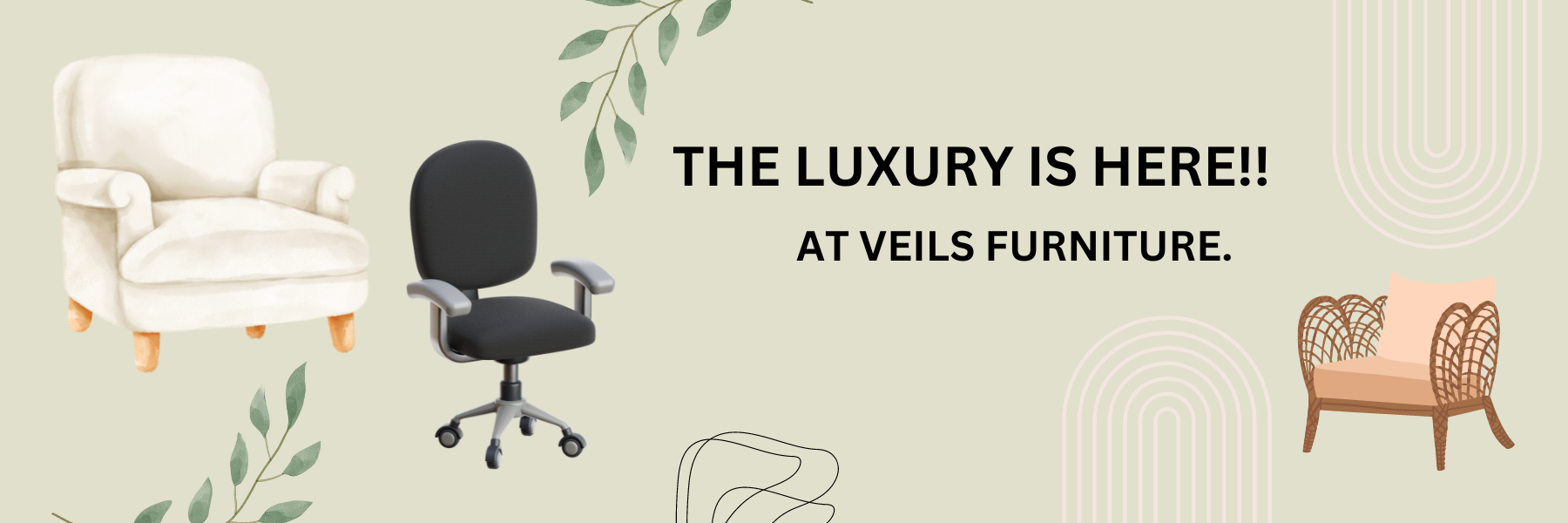THE IMPORTANCE OF ERGONOMICS IN FURNITURE DESIGN

Furniture is an integral part of our daily lives, providing us with comfort and functionality. However, the design and arrangement of furniture can significantly affect our well-being, especially if it does not adhere to ergonomic principles. Ergonomics is the science of designing products and spaces to maximize human well-being, safety, and performance. In the context of furniture design, ergonomics is vital to ensure that furniture not only looks aesthetically pleasing but also supports the human body in a way that minimizes discomfort, strain, and potential health issues. This research aims to explore the importance of ergonomics in furniture design and its role in enhancing comfort and productivity.
PRINCIPLES OF ERGONOMICS IN FURNITURE DESIGN

1. ANTHROPOMETRICS
The study of anthropometrics is fundamental to understanding the dimensions of the human body. Furniture should be designed with the average user’s size, shape, and range of motion in mind to prevent discomfort or injury. This involves considerations such as seat height, depth, and backrest angle for chairs, as well as desk height and keyboard placement for workspaces.

2. BIO-MECHANICS
Bio-mechanics focuses on how the body moves and its interaction with external forces. In furniture design, it’s crucial to minimize physical strain by ensuring that chairs, sofas, and mattresses provide adequate support and cushioning. For office furniture, an ergonomic chair that offers lumbar support and adjustable armrests can help reduce the risk of musculoskeletal disorder.

3. COGNITIVE ERGONOMICS
Cognitive ergonomics deals with the mental aspects of furniture design. This includes considerations for concentration, focus, and the ease of completing tasks. In office environments, furniture layout, lighting, and noise reduction play a role in enhancing cognitive performance. Aesthetic elements, including calming colors and personalizable spaces, further contribute to a conducive work environment by enhancing mood and a sense of well-being. Overall, cognitive ergonomics integrates these factors to create office spaces that support optimal mental performance and productivity.
APPLICATIONS OF ERGONOMICS IN FURNITURE



OFFICE FURNITURE
Ergonomically designed office furniture is essential for productivity and employee well-being. Adjustable chairs, sit-stand desks, and proper monitor positioning can reduce the risk of musculoskeletal disorders and increase work efficiency.
HOME FURNITURE
Ergonomics in home furniture design is crucial for relaxation and maintaining good posture. Sofas, beds, and dining chairs should support the body’s natural alignment while offering comfort and aesthetics.
OUTDOOR FURNITURE
Even outdoor furniture, such as garden chairs and lounges, benefits from ergonomic considerations. Proper back support and cushioning make outdoor spaces more enjoyable and inviting.
BENEFITS OF ERGONOMICS IN FURNITURE DESIGN

Enhanced Comfort:
Ergonomically designed furniture promotes comfort, reducing the risk of discomfort, pain, or long-term health issues associated with poor posture.
Improved Productivity:
In office settings, ergonomic furniture contributes to increased productivity by reducing discomfort and fatigue, allowing employees to focus on their tasks.
Safety and Longevity:
Ergonomically designed furniture is safer to use, as it minimizes the risk of injuries resulting from poor posture. Furthermore, well-designed furniture is often more durable, reducing the need for frequent replacements.


